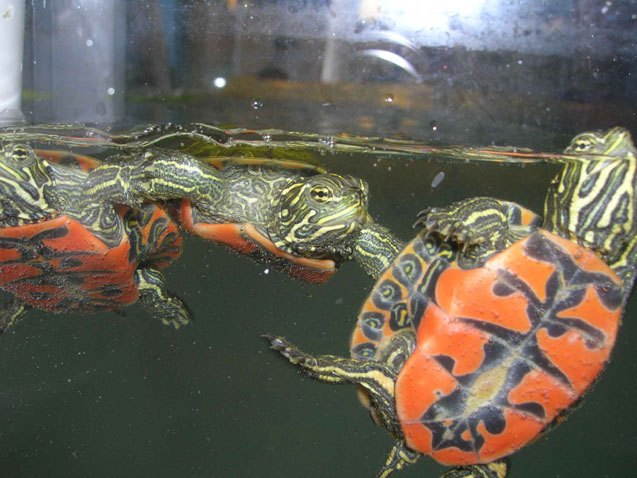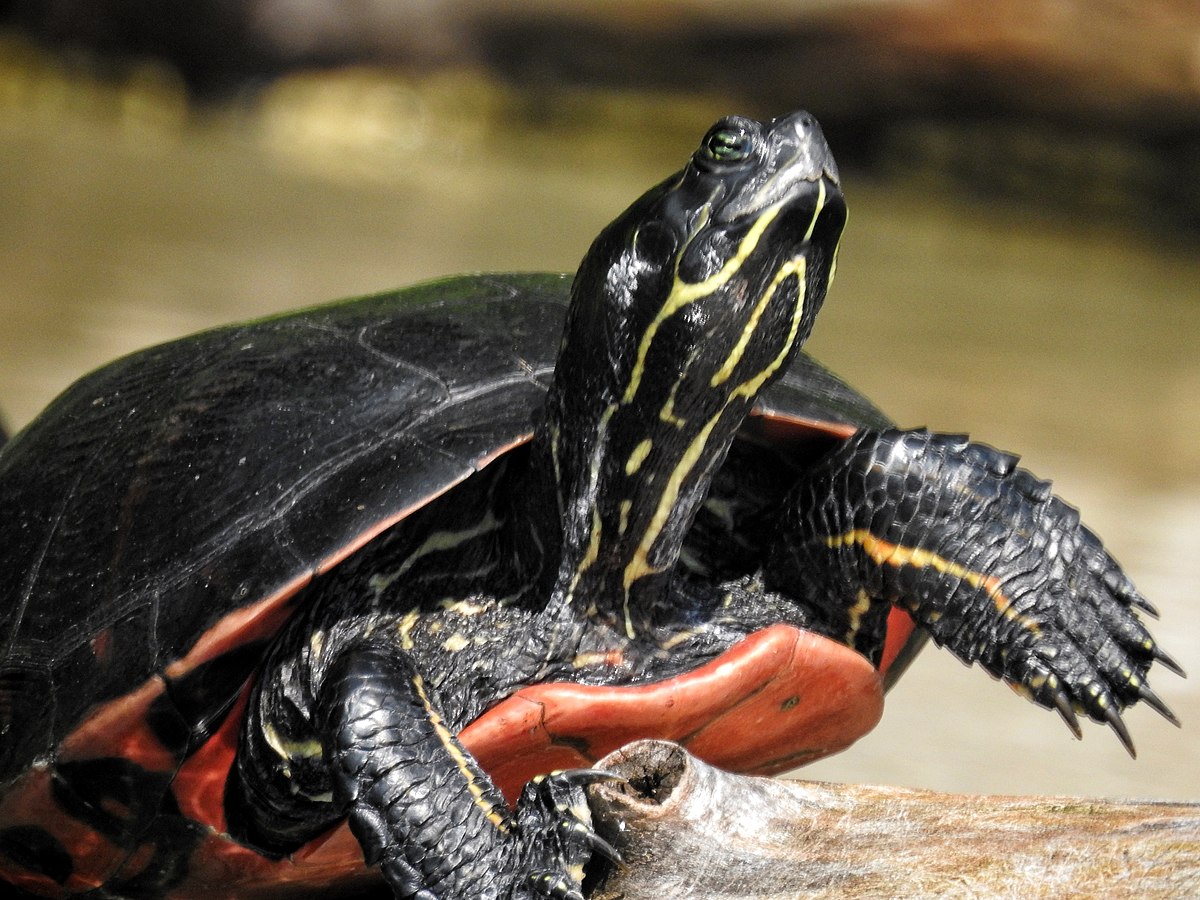The red-bellied turtle, scientifically known as Pseudemys rubriventris, is a popular choice for turtle enthusiasts due to its vibrant colors and relatively low-maintenance nature. If you’re considering getting a red-bellied turtle as a pet, one of the essential factors to consider is how big they can grow. Knowing their potential size will help you determine how much space they would require and whether they would be a suitable fit for your home or aquarium.

Credit: www.outdooralabama.com
Understanding the Growth Rate
Red-bellied turtles are a relatively small-sized turtle species, with males typically being smaller than females. The growth rate of these turtles largely depends on various factors, including genetics, diet, environmental conditions, and overall health. It is essential to provide the optimum conditions and nutrition for your pet turtle to ensure they reach their full potential size.
Size Differences Between Males And Females
In the case of red-bellied turtles, females tend to be larger than males. While males usually reach an average length of about 6 to 8 inches (15 to 20 cm), females can grow up to 10 to 12 inches (25 to 30 cm) in length. The size difference between males and females becomes more apparent as they age, with females typically having a broader and heavier build.
Factors That Influence Growth
Several factors can influence the growth rate and size of red-bellied turtles. Let’s take a look at some of these factors:
1. Genetics
Genetics play a significant role in determining the size potential of a red-bellied turtle. Some individuals may naturally have a smaller growth potential due to their genetic makeup, while others may have the potential to grow larger. Taking into account the genetic lineage of your turtle can give you an idea of how big they might get.
2. Diet
The diet of a red-bellied turtle is crucial in determining its growth rate and overall size. These turtles are omnivores and require a balanced diet consisting of both animal protein and vegetation. Providing them with a variety of suitable food, such as commercial turtle pellets, insects, worms, leafy greens, and aquatic plants, will ensure their nutritional needs are met. A well-nourished turtle will have a better chance of reaching its maximum size potential.
3. Environmental Conditions
The environment in which red-bellied turtles are kept can also impact their growth rate. These turtles require a large and spacious habitat, such as a suitable-sized tank or pond, where they can swim, bask, and explore. The temperature of the water and the availability of UVB light for basking are critical for their growth and overall health.
4. Health And Care
A red-bellied turtle that receives proper care and attention is more likely to grow to its fullest potential. Regular veterinary check-ups, appropriate tank maintenance, and a clean and hygienic environment are important factors in ensuring the turtle’s overall health and well-being. Any health issues or deficiencies should be addressed promptly to prevent stunted growth.
Tips for Encouraging Healthy Growth
If you want to promote healthy growth and ensure your red-bellied turtle reaches its full size potential, here are some tips:
- Provide a spacious and adequately-sized habitat.
- Monitor and maintain appropriate water temperature and lighting conditions.
- Offer a balanced diet consisting of commercial turtle food and a variety of fresh, nutritious vegetables and protein sources.
- Provide ample opportunities for exercise and exploration within their habitat.
- Ensure the turtle’s overall health by scheduling regular check-ups with a reptile veterinarian.
By following these guidelines, you can provide the best possible environment and care for your red-bellied turtle, enabling them to reach their maximum potential size.

Credit: www.petguide.com
In Conclusion
Red-bellied turtles are charming and fascinating creatures to keep as pets. While males typically reach an average length of 6 to 8 inches (15 to 20 cm), females can grow quite a bit larger, reaching lengths of up to 10 to 12 inches (25 to 30 cm). The growth rate and size potential of red-bellied turtles can be influenced by various factors, including genetics, diet, environmental conditions, and overall health. By providing optimal care and the right conditions, you can help your red-bellied turtle thrive and reach its full size potential. Remember to always research and consult with experts to ensure you meet your pet’s specific needs and create a happy and healthy environment for them to flourish.






Leave a Reply